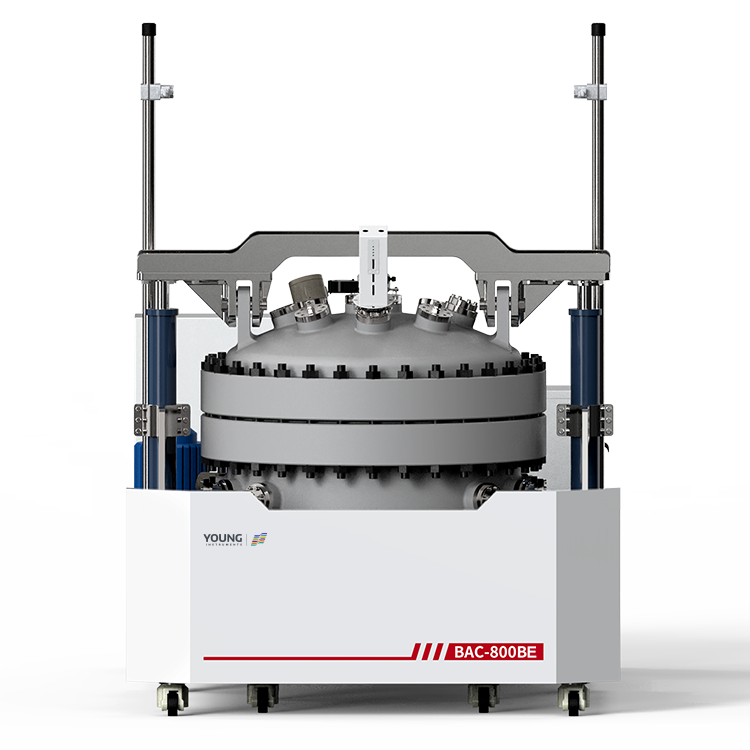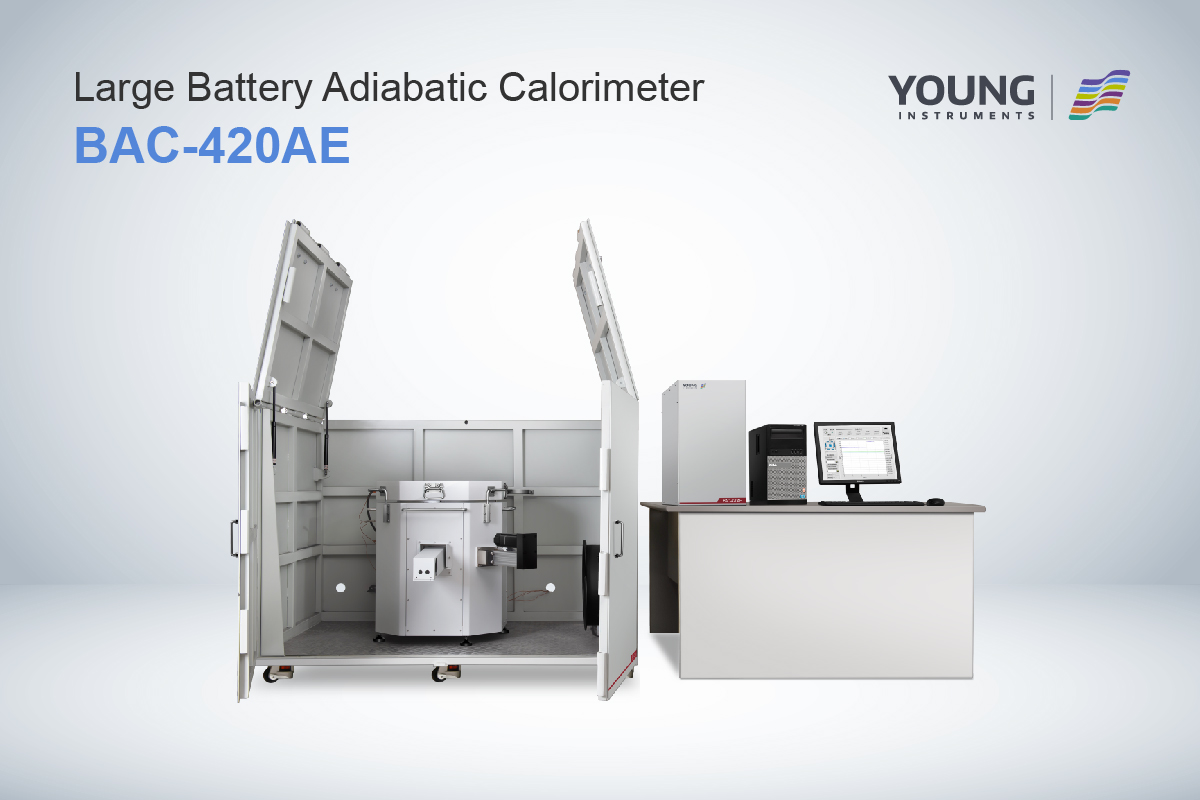Battery Safety Testing Equipment: Ensuring Safety and Reliable Battery Performance
If you work with batteries, you know how important it is to ensure their safety. Battery safety testing equipment is essential for identifying potential hazards and ensuring that batteries meet safety standards. There are many different types of battery safety testing equipment available, including testers for individual cells, modules, and entire battery systems.
One of the most important tests for battery safety is abuse testing. This type of testing simulates extreme conditions that a battery might encounter, such as overcharging, short-circuiting, or exposure to high temperatures. Abuse testing can help identify potential hazards and ensure that batteries are safe for use in a variety of applications. Some of the international standards for battery abuse testing include SAE J2464, SAE J2929, SANDIA, FreedomCar, UN 38.3, ISO 12405, GB/T 31467-3, GB/T 31485, GB 38031-2020, UL 2580, and UL 1973.
Battery safety testing equipment is also used to measure other important factors such as battery capacity, internal resistance, and impedance. These measurements can help identify potential problems with batteries before they become a safety hazard. Battery safety testing equipment is essential for anyone working with batteries, from manufacturers to end-users. By ensuring that batteries meet safety standards, we can help prevent accidents and ensure that batteries are safe for use in a variety of applications.
Battery Safety Standards
When it comes to battery safety testing equipment, there are several international standards and industry-specific requirements that must be met. These standards and requirements help ensure the safety, reliability, and performance of batteries in various applications.
International Standards
One of the most widely recognized international standards is the International Electrotechnical Commission (IEC) 62133. This standard covers the safety requirements for portable sealed secondary lithium cells and batteries made from them, for use in portable applications. It includes requirements for design, construction, testing, and marking of batteries.
Another important international standard is the United Nations Manual of Tests and Criteria (UN 38.3). This standard provides a series of tests and criteria for the safe transport of dangerous goods, including batteries. It covers a range of battery types, including lithium-ion batteries, and includes requirements for environmental testing, mechanical testing, and electrical testing.
Industry-Specific Requirements
In addition to international standards, there are also industry-specific requirements that must be met for battery safety testing equipment. For example, the automotive industry has its own set of requirements for battery safety testing, which are outlined in the Society of Automotive Engineers (SAE) J2464 standard. This standard covers the performance and safety requirements for lithium-ion batteries used in electric and hybrid-electric vehicles.
The aerospace industry also has its own set of requirements for battery safety testing, which are outlined in the RTCA/DO-311 standard. This standard covers the safety and performance requirements for lithium-ion batteries used in aircraft.
Overall, it is important to ensure that battery safety testing equipment meets all relevant international standards and industry-specific requirements to ensure the safety and reliability of batteries in various applications.
Testing Equipment Types
When it comes to battery safety testing, there are several types of equipment that you can use. Each type of equipment has its own specific purpose and can help you to identify potential problems with your batteries. Here are some of the most common types of battery testing equipment.
Electrical Testers
Electrical testers are used to measure the electrical properties of batteries. They can help you to identify problems with the battery’s voltage, current, and resistance. Some common types of electrical testers include:
-
Multimeters: These are handheld devices that can measure voltage, current, and resistance. They are easy to use and can provide quick readings.
-
Battery analyzers: These are more advanced devices that can provide more detailed information about the battery’s performance. They can measure the battery’s capacity, internal resistance, and other properties.
Environmental Chambers
Environmental chambers are used to simulate different environmental conditions that the battery might experience. This can help you to identify potential problems with the battery’s performance in different environments. Some common types of environmental chambers include:
-
Temperature chambers: These chambers can simulate different temperature conditions, from extreme cold to extreme heat. They can help you to identify how the battery will perform in different temperature conditions.
-
Humidity chambers: These chambers can simulate different humidity conditions. They can help you to identify how the battery will perform in different humidity conditions.
Mechanical Testers
Mechanical testers are used to test the physical properties of batteries. They can help you to identify problems with the battery’s structure, durability, and other physical properties. Some common types of mechanical testers include:
-
Drop testers: These testers can simulate drops and impacts that the battery might experience during use. They can help you to identify how the battery will perform under these conditions.
-
Vibration testers: These testers can simulate vibrations that the battery might experience during use. They can help you to identify how the battery will perform under these conditions.
Overall, there are many different types of battery testing equipment that you can use to identify potential problems with your batteries. By using these tools, you can ensure that your batteries are safe and reliable.
Performance Evaluation
When selecting a battery safety testing equipment, it is important to consider the accuracy of the device. The accuracy of the equipment should be assessed by comparing the measurement results with a known standard. This will help you determine the level of accuracy that can be expected from the equipment.
Accuracy Assessment
One way to assess the accuracy of the equipment is to use a calibration standard. A calibration standard is a device that is known to produce accurate and consistent results. By comparing the measurement results of the battery safety testing equipment with those of the calibration standard, you can determine the level of accuracy of the equipment.
Another way to assess the accuracy of the equipment is to perform a repeatability test. A repeatability test involves taking multiple measurements of the same battery using the same equipment. By comparing the measurement results, you can determine the level of consistency of the equipment.
Calibration Procedures
To ensure the accuracy of the battery safety testing equipment, it is important to perform regular calibration procedures. Calibration procedures involve adjusting the equipment to ensure that it is producing accurate and consistent results.
The calibration procedures should be performed according to the manufacturer’s instructions. It is important to follow the instructions carefully to ensure that the equipment is calibrated correctly. Calibration procedures should be performed regularly, such as once per year or after a certain number of tests have been performed.
In conclusion, when selecting a battery safety testing equipment, it is important to consider the accuracy of the device. The accuracy of the equipment should be assessed by comparing the measurement results with a known standard and by performing regular calibration procedures. By following these guidelines, you can ensure that your battery safety testing equipment is producing accurate and consistent results.
Operational Safety
When it comes to battery safety testing equipment, operational safety is of utmost importance. There are two key aspects to ensuring operational safety: user training and maintenance and servicing.
User Training
It is essential that all personnel who will be operating the battery safety testing equipment receive adequate training. This training should cover the safe operation of the equipment, as well as emergency procedures in case of accidents or malfunctions. Additionally, users should be trained on proper handling and disposal of batteries, as well as the appropriate personal protective equipment (PPE) to wear while operating the equipment.
Maintenance and Servicing
Regular maintenance and servicing of battery safety testing equipment is crucial for ensuring its continued safe operation. This includes routine inspections, cleaning, and calibration of the equipment. It is also important to follow the manufacturer’s recommended maintenance schedule and procedures. Any repairs or servicing should only be performed by authorized personnel who have been trained on the specific equipment.
Overall, ensuring operational safety of battery safety testing equipment requires a combination of user training and regular maintenance and servicing. By following these best practices, you can help prevent accidents and ensure the safe and reliable operation of your equipment.
Advancements in Testing Technology
Battery safety testing has come a long way in recent years, thanks to advancements in testing technology. These advancements have made testing faster, more accurate, and more efficient. In this section, we will discuss two key areas of advancement in testing technology: automation and robotics, and data analytics and reporting.
Automation and Robotics
Automation and robotics have revolutionized the way battery safety testing is done. Automated testing equipment, such as the Battery Automated Testing System (BATS) from DK-Tester, offers a range of benefits, including increased accuracy, reduced testing time, and improved safety. With automated testing, you can test multiple batteries simultaneously, which can save you a lot of time and money.
Robotics is also playing a significant role in battery safety testing. Robots can perform tasks that are too dangerous or difficult for humans, such as handling hazardous materials and performing tests in extreme environments. Robotics can also help to reduce human error and increase testing accuracy.
Data Analytics and Reporting
Data analytics and reporting are other areas where advancements in testing technology have made a significant impact. With the help of data analytics tools, you can analyze large amounts of data quickly and accurately. This can help you identify trends and patterns that would be difficult or impossible to detect manually.
Reporting tools can also help you to generate reports quickly and efficiently. Reports can be customized to include only the information you need, and they can be generated in a variety of formats, including PDF, Excel, and CSV. This can save you a lot of time and effort, and it can help you to communicate your findings more effectively.
In conclusion, advancements in testing technology have made battery safety testing faster, more accurate, and more efficient. Automation and robotics have made testing safer and more productive, while data analytics and reporting tools have made it easier to analyze and communicate your findings. If you are looking to improve your battery safety testing process, these advancements are definitely worth considering.




































